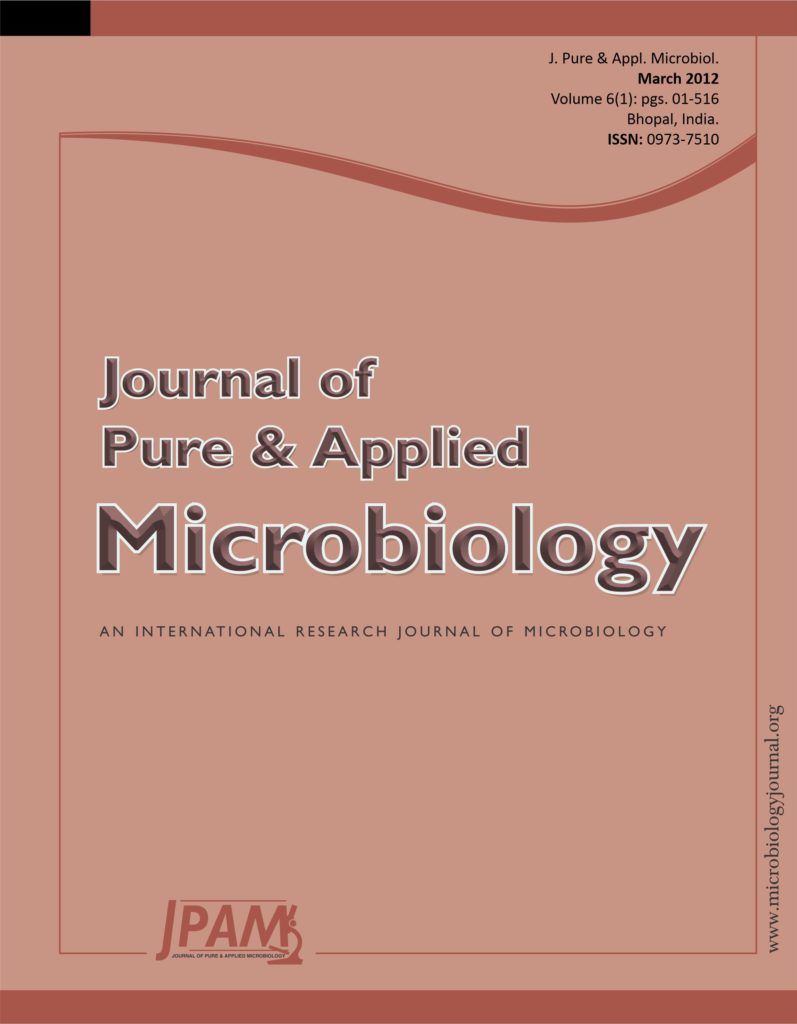Infection is the most important problem in the treatment of burns. The pathogens that infect the burn wound are primarily gram-positive bacteria such as Staphylococcus aureus and gram-negative bacteria such as Acinetobacter baumanii, Pseudomonas aeruginosa and Klebsiella species. MRSA is an important causative agent of burns infections in India. Many of these MRSA isolates are becoming multidrug-resistant, and are susceptible only to glycopeptides. Our study is aimed to know the prevalence of MRSA strains in JJM Medical college hospital burns unit, its minimum inhibitory concentration and phage type. Total of 120 burns cases were studied over a period of March 2010 to December 2010. Pus samples were collected aseptically for bacteriological examination from burnt sites. All the Staphylococcus aureus isolates were tested for methicillin susceptibility. All Methicillin Resistant strains were confirmed by Oxacillin screening using 6µg/ml of Oxacillin in Muller Hinton agar with 4% NaCl plates and were incubated at 30°C. Phage typing was performed at National phage typing centre, Maulana Azad Medical College, New Delhi. All the MRSA strains were typed using a set of 8 MRSA phages.Out of the 120 samples, Staphylococcus aureus were isolated from 100 samples and from other 20 samples Klebsiella species, Pseudomonas species and Proteus species were isolated. Our study showed 43 isolates as MRSA and 57 isolates as Methicillin Sensitive Staphylococcus aureus. MRSA phage typing was done by using new set of phages. In this maximum strains belonged to group III (70.7%), group II (9.27%), group IV(3.08%). It is essential to control introduction and spread of MRSA infection. This can be achieved by observing universal precautions and conducting regular epidemiological studies to know the changing trends.
Staphylococcus aureus, MRSA, Phage typing
© The Author(s) 2012. Open Access. This article is distributed under the terms of the Creative Commons Attribution 4.0 International License which permits unrestricted use, sharing, distribution, and reproduction in any medium, provided you give appropriate credit to the original author(s) and the source, provide a link to the Creative Commons license, and indicate if changes were made.


